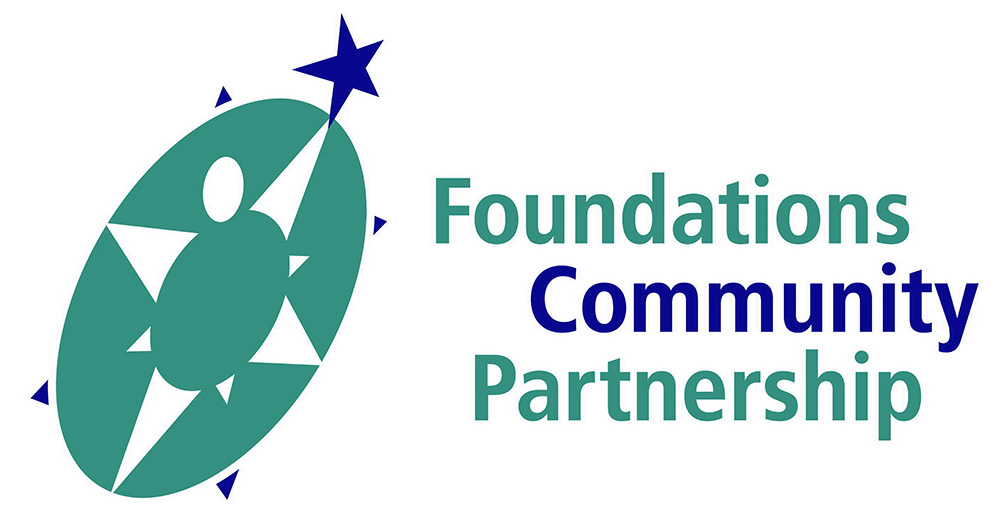Cutting Edge Research Kicks Off FCP’s Spring Professional Education Series
View handouts for Dr. Schultz’s workshop here:
Wednesday’s workshop by Bob Schultz, Ph.D., entitled “Understanding Social Functioning in ASD: Implications for Treatment,” was a fresh start for the Spring Professional Education series. His goals included:
- Understand the core social deficits in autism spectrum and their heterogeneous manifestations.
- Gain Knowledge of the neurodevelopmental foundations and mechanisms for social difficulties.
- Learn about novel treatment approaches to the social difficulties in ASD children and adolescents.
Based on audience attentiveness, and the relevant questions, I believe his goals were met during the presentation. I learned a few things, as I’m sure others did.
This workshop was unusual because it was largely a presentation of research rather than another clinical “cookbook” for treatment. In fact, it was a breath of fresh air. Rather than step-by-step instructions for treatment, Dr. Schultz provided a foundation to the audience (mostly mental health professionals) to substantiate treatment through a better understanding of ASD. His presentation started with a very good review of social deficits that define ASD. He pointed out that 30-40% were syndromatic vs. non-syndromatic. Syndromatic means ASD that is associated with an umbrella syndrome, such as Fragile-X Syndrome. After much discussion on the characteristics of ASD, as defined in the DSM, he simplified the definition as “Failure to Profit from Social Experiences on a Day to Day Basis.” This definition made it simple and clear.
Dr. Schultz emphasized that manifestation of ASD can be very different among individuals. He suggested that diagnosis often reflects a “flavor” of symptoms rather than a strict checklist. Etiology can be genetic (about 60-70%). He presented a long list of specific gene deficits identified, that can lead to ASD symptoms. These deficits can be due to heredity or environmental exposure. (Thank goodness, he did not revert back to the 1950’s and focus on Mom’s or Dad’s poor parenting skills as the cause.) He stated that repeat children with ASD occurs 6-20% of the time in a family, with a higher percent of some ASD symptoms among other family members.
Much of the time in this workshop included a detailed overview of MRI research with representations of brain structures and functions comparing children and adolescents with ASD and typically developing children and adolescents (TDC). These studies depicted brain activity (blood oxygen levels) within various cerebral structures, during social and non social activities. Repeated studies demonstrated that folks with ASD less brain activity when viewing faces, compared to objects, while typically developing folks preferred faces and social activities. No surprise, but this finding supports the “Social Motivation Theory” of autism.
The Social Motivation Theory of Autism assumes that there is an innate human drive to social interaction, and humans are motivated to want social attention. Folks with ASD are deficient in ability to desire social attention; therefore do not learn social/nonverbal cues or social cognition, including facial expressions or body language. This is due to deficits in the social reward systems of the brain. He emphasized that the best place for intervention with ASD is to improve motivation to desire social attention, as early as possible. Increased motivation for social attention will lead to improved social perception and social cognition.
In efforts to improve motivation for social attention, Dr. Schultz presented several treatment pathways showing promising results. These included a series of computer activities that reward facial recognition and emotional recognition and expression, and medical intervention. Medication can alleviate some peripheral symptoms of ASD such as anxiety, OCD and ADHD. New research is also looking to medications that may directly increase the brains ability to facilitate skill development over time through improved neuroplasticity.
Dr. Schultz said that other treatments such as “Applied Behavior Analysis (ABA”) is very effective, but it fails with over ½ of the ASD population (Vismara and Roberts, 2010, Warren et al, 2011). Also, “Social Reinforcement Treatment” is even less effective (Garretson, et al, 1990). His presentation mentioned other treatments that have also shown positive results with the ASD population.
I’m always impressed when a presenter can succinctly provide 70+ years research into a 3 hour workshop. Obviously Dr. Schultz’s impressive credentials, experience, presentation style, and pleasant personality were behind this feat. He appeared a little rushed at the end but I thought it was a very satisfying workshop. What did you think?

Great workshop! I really want to learn more about the peer-mediated classrooms that Dr. Schultz talked about. I emailed Jill Locke at Penn as he suggested and am hoping she’s not too swamped with her work to email me back with some links or attached articles. If anyone else has links or articles, I’d love to take a look!
Also, thinking about Dr. Schultz’ presentation, I started wondering about the attachments to horses that some of Special Equestrians’ ASD group participants develop. Do you think–Dr. Dan or anyone else out there–that there may be a special place for horses, or dogs, as change agents in experiential learning programs? … and I wonder whether Penn’s CAR group would feel that interaction between humans and equines could potentially jump start social motivation. hmmm.
Hi Linda,
Thanks for your comments!
I agree that the “Peer Mediated” classrooms are intriguing to facilitate social interaction for the ASD population. I also believe that horses, and pets can be powerful change agents with special needs children and adolescents. As you know, FCP has provided grants, and interns for “Special Equestrians” and other Bucks County therapeutic riding, and animal education organizations in the past. In fact, this summer FCP will be funding an intern for the Bucks County SPCA, and again funding an intern for the Bucks County Wildlife Rehabilitation and Education Center (AARK). I’m hoping that the CAR group and Dr. Locke respond to your comments. Please keep me in the “loop”.
I agree; Dr. Schultz is an excellent speaker. I like the way that he is able to explain complex concepts in easily understandable terminology.